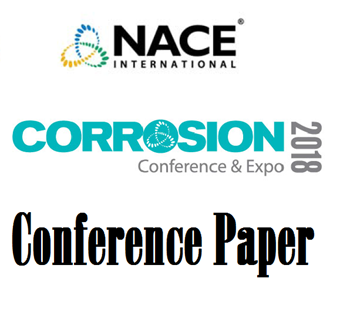Search
51314-3920-Practical Aspects of MIC Detection Monitoring and Management in the Oil & Gas Industry
Also Purchased
51315-5729-Corrosion Management of MIC Contributes to Pipeline Integrity
Product Number:
51315-5729-SG
ISBN:
5729 2015 CP
Publication Date:
2015
$0.00
51318-11398- Modeling of Microbiologically Influenced Corrosion (MIC) in the Oil and Gas Industry - Past, Present and Future
Product Number:
51318-11398-SG
Publication Date:
2018
$20.00
00390 ASSESSMENT AND CONTROL OF MIC IN THE OIL INDUSTRY IN THE 20TH CENTURY
Product Number:
51300-00390-SG
ISBN:
00390 2000 CP
$20.00




